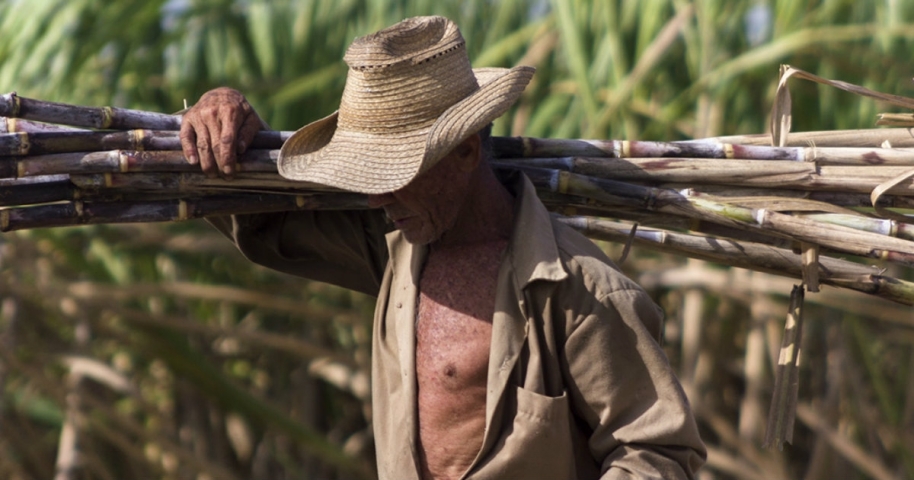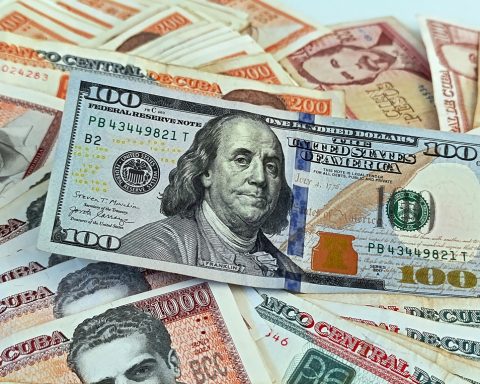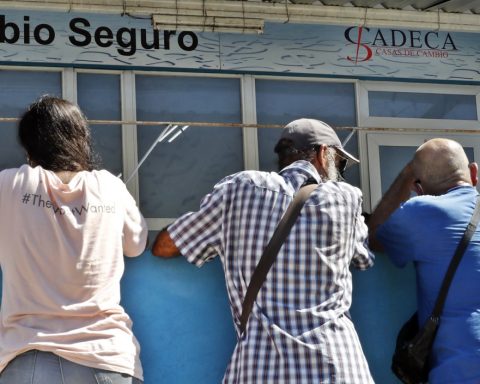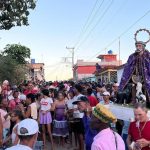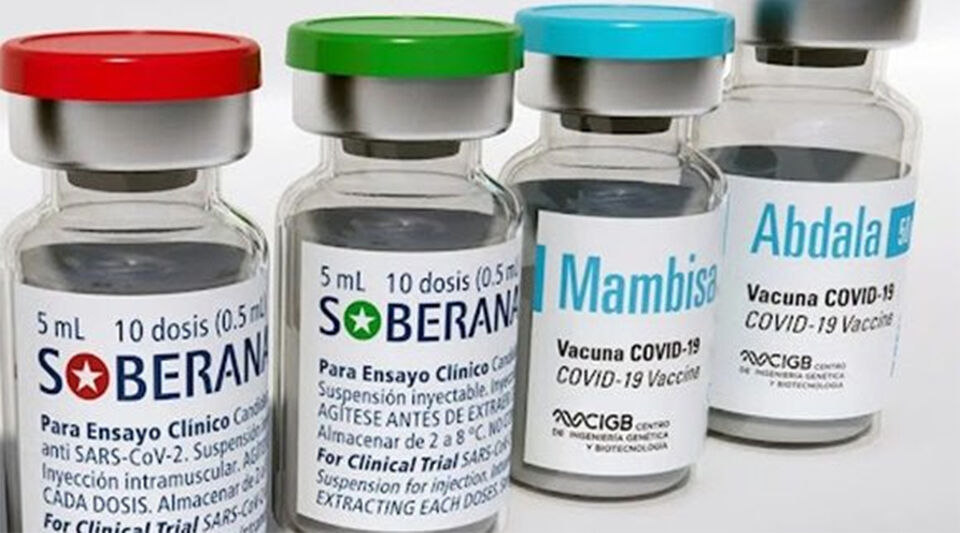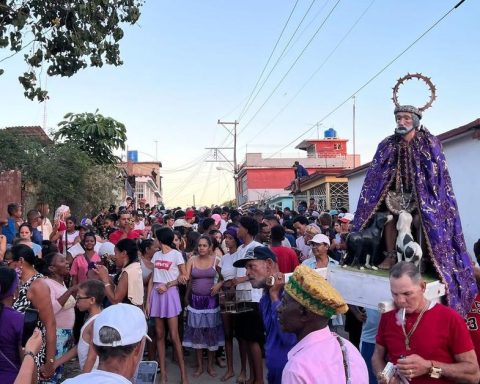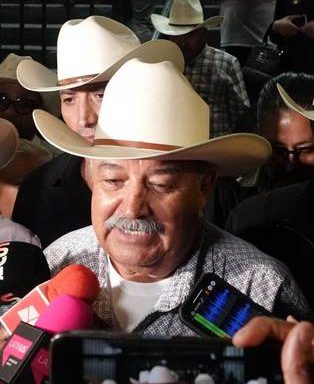LAS TUNAS, Cuba. — Dead towns, lack of life in the sugarcane fields and in the people who cultivate them is the visible panorama today in the once prosperous sugarcane territories of the Cuban countryside, we review in the previous articlewhere we affirm that “sugar is not produced” in this way, promising to explore the reason for the desolation that led to the current failure of the Cuban sugar agribusiness.
To delve into this landscape dominated by apathy, some basic questions arise: Is migration from the countryside to the city a trend only of the Cuban rural population? Does not the same peasant depopulation occur in other regions of the world? Why is the Cuban sugarcane agribusiness today obsolete, idle thousands of hectares that were originally forests of precious woods, cleared to plant cane fields, now abandoned, covering those soils with scrub, instead of returning them to their original condition of forest land? Why, after Cuba was the sugar producer of the United States first and then of the former Union of Soviet Socialist Republics (USSR), which paid billions of dollars in investments and for the sugar we sold them, that capital was not reinvested? in agribusiness?
Let us agree that the exodus of the rural population to urban areas is a universal demographic dislocation. And let us agree that, from the socioeconomic point of view, this twisting of the rural environment towards the margins of the city affects most of the countries. But while in other regions of the world they have taken pains to design techniques aimed at achieving greater agricultural and forestry production, increasing the productivity of soils, machines and human beings, in Cuba, for more than 60 years, proclaiming itself a “political force superior leader of society and the State”, the leadership of the Communist Party (PCC) and the state monopoly have dedicated themselves to touring the Cuban fields to make speeches, gibberish of those who, without being agronomists, or being one without a trade, inspect crops and they issue rhetorical opinions, all unproductive, as you can see.
If the development of the sugar agribusiness in Cuba was concomitant with slavery until the 18th century, by the second half of the 19th century it was the introduction of new, much more productive cane varieties and the mechanization of sugar mills —equipping them with steam engines — which led to the transformation of cane and sugar, honey and alcohol, rum and wax into national products, with secure markets, and up-to-date technical support in the United States until 1960, and then in Europe and Asia until the collapse of the USSR.
While the Cuban countryside was depopulating due to the precarious conditions of rural life, and above all due to the expropriations of private property imposed by communist statism, other nations with market economies, some developed and others developing, since the end of From the 50s of the last century they began to develop an agrotechnics in constant modernization. In this sense, they have registered advances that range from soil preparation to planting, fertilization and harvesting, today with the use of electronic and computerized systems. However, in Cuba cane is still planted as slaves did in the 18th century: by hand.
There cannot be on the Island sugar production because the women and men who are sugarcane producers, as people, are neglected, and as creators of goods and services, they are poorly paid economically.
Let us take as an example that of an area manager in a sugar cane UBPC (Basic Unit of Cooperative Production) with a daily salary of 170 Cuban pesos (25 pesos per US dollar at the official exchange rate: 6.8 dollars for eight hours of work ) that supervises on horseback or on foot the work of 25 or 30 workers in different tasks. But since in Cuba you cannot buy dollars or other currencies at 25 pesos, but at something like 100, to acquire that virtual currency that we call MLC (Freely Convertible Currency), the only one with which you can buy merchandise in stores moderately supplied, the foreman’s 170 pesos daily wage would decrease to 1.7 MLC, with which he cannot buy even a package of Cuban beef mincemeat.
And let’s say that that same area chief, foreman, foreman, or whatever you like to call him, in the settlement of the harvest obtains 25,000 pesos for one year of work, and depending on the cane harvested, which if he could change them at the rate official would be only 1,000 dollars, which would be reduced to about 250 at the real exchange rate of 100 pesos per US dollar or MLC.
For many years, the same academics attached to the regime’s research centers have said it: the income of sugarcane producers is inconsistent with the prices of sugar on the international market, both in terms of foreign currency and its equivalent in national currency, since As an example, they have found that if a pound of sugar is priced at USD 0.10 on the international market, the producer only receives one twentieth of that price. Someone will say that Cuba no longer exports sugar, but if it does not produce it for national consumption it has to import it, then, these are foreign currencies that the producers save the country, but that on a personal level bring them little or no benefits.
In the harvest that just ended, the Antonio Guiteras mill not only lacked parts and pieces, but also had stops due to lack of water in the manufacturing process, as well as a lack of drinking water for human consumption in sugarcane population settlements that supply raw material to Guiteras , being the lack of this basic supply (water) both for the industry and for the people a sign of the degree of squalor in which not only the sugar cane plantations are found, but also of the civic weakness of those who, believing themselves to be leaders, twist the Cuban destinations. In the next article, the end of this series, we will look at the possible ways to restore the agribusiness of which we once said: “Without sugar, there is no country.”
OPINION ARTICLE
The opinions expressed in this article are the sole responsibility of the issuer and do not necessarily represent the opinion of CubaNet.
Receive information from CubaNet on your cell phone through WhatsApp. Send us a message with the word “CUBA” on the phone +1 (786) 316-2072, You can also subscribe to our electronic newsletter by giving click here.
